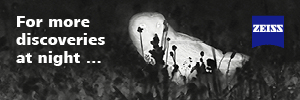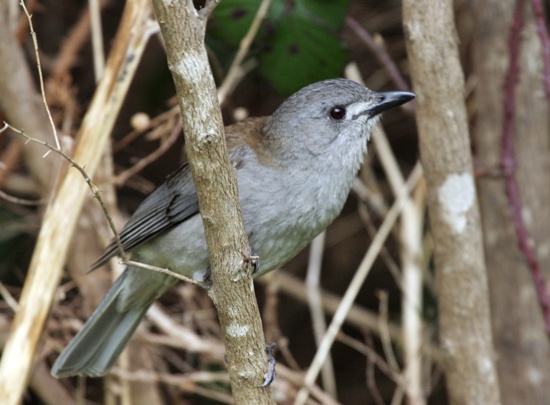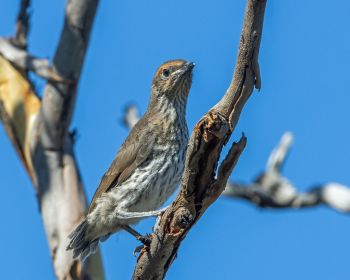Alternative names: Whistling Shrike-thrush; Pale-headed Shrike-thrush, Gray Shrikethrush
- Colluricincla harmonica
Identification
22.5 - 25cm.
- Grey head
- White stripe from bill to eye (less so in rufiventris)
- Light grey eye-ring
- Brown back, olive-brown in brunnea and dark grey in rufiventris
- Light grey underparts
- Grey wings and tail
- Black bill
Female with white eye-ring, paler underside of bill and with fine streaking on breast. Juveniles with strong streaking.
Distribution
Widespread throughout Australia including Tasmania. Also found in coastal SE New Guinea.
Fairly common and widespread
Taxonomy
Subspecies
Five subspecies recognized:
- C. h. brunnea in northern Western Australia, Northern Territory and northwest Queensland
- C. h. rufiventris in the southern half of Western Australia and Northern Territory and western two-thirds of South Australia
- C. h. superciliosa in southe and east New Guinea and extreme northeast Australia (Cape York Peninsula)
- C. h. harmonica in the southern half of Queensland and south to eastern South Australia, New South Wales and Victoria
- C. h. strigata on Tasmania and islands in Bass Strait
This species has been split up into up to three species with superciliosa (New Guinea Shrike-thrush) and brunnea as Brown or Northern Shrike-thrush, rufiventris as Western Shrike-thrush (or Buff-bellied or South-western) and harmonica as Harmonious Shrike-thrush.
Habitat
Diverse. At home from the coastal forest to the arid interior.
Behaviour
Diet
Omnivorous; forages on tree limbs and on the ground. Feeds mainly on insects, takes also spiders.
Breeding
Breeding season from July to February in Australia, mainly in October in New Guinea. The nest is s open cup made of bark strips, rootlets, twigs and leaves. It's placed in a fork or tangle of vegetation up to 20m above the ground, usually lower (below 3.5m). Lays 1 - 4 eggs.
Movements
Resident species.
Vocalisation
Known as a great vocalist, with an eclectic range of calls and songs.
One of many variable calls. C. h. harmonica
Recorded by Azzy Kersbrook Native Forest, April 2010
References
- Clements, J. F., T. S. Schulenberg, M. J. Iliff, D. Roberson, T. A. Fredericks, B. L. Sullivan, and C. L. Wood. 2014. The eBird/Clements checklist of birds of the world: Version 6.9., with updates to August 2014. Downloaded from http://www.birds.cornell.edu/clementschecklist/download/
- Del Hoyo, J, A Elliott, and D Christie, eds. 2007. Handbook of the Birds of the World. Volume 12: Picathartes to Tits and Chickadees. Barcelona: Lynx Edicions. ISBN 978-8496553422
- Simpson, K and N Day. 1998. Field Guide to the Birds of Australia. London: Christopher Helm. ISBN 0-7136-4877-5
Recommended Citation
- BirdForum Opus contributors. (2024) Grey Shrikethrush. In: BirdForum, the forum for wild birds and birding. Retrieved 1 May 2024 from https://www.birdforum.net/opus/Grey_Shrikethrush
External Links
GSearch checked for 2020 platform.1





